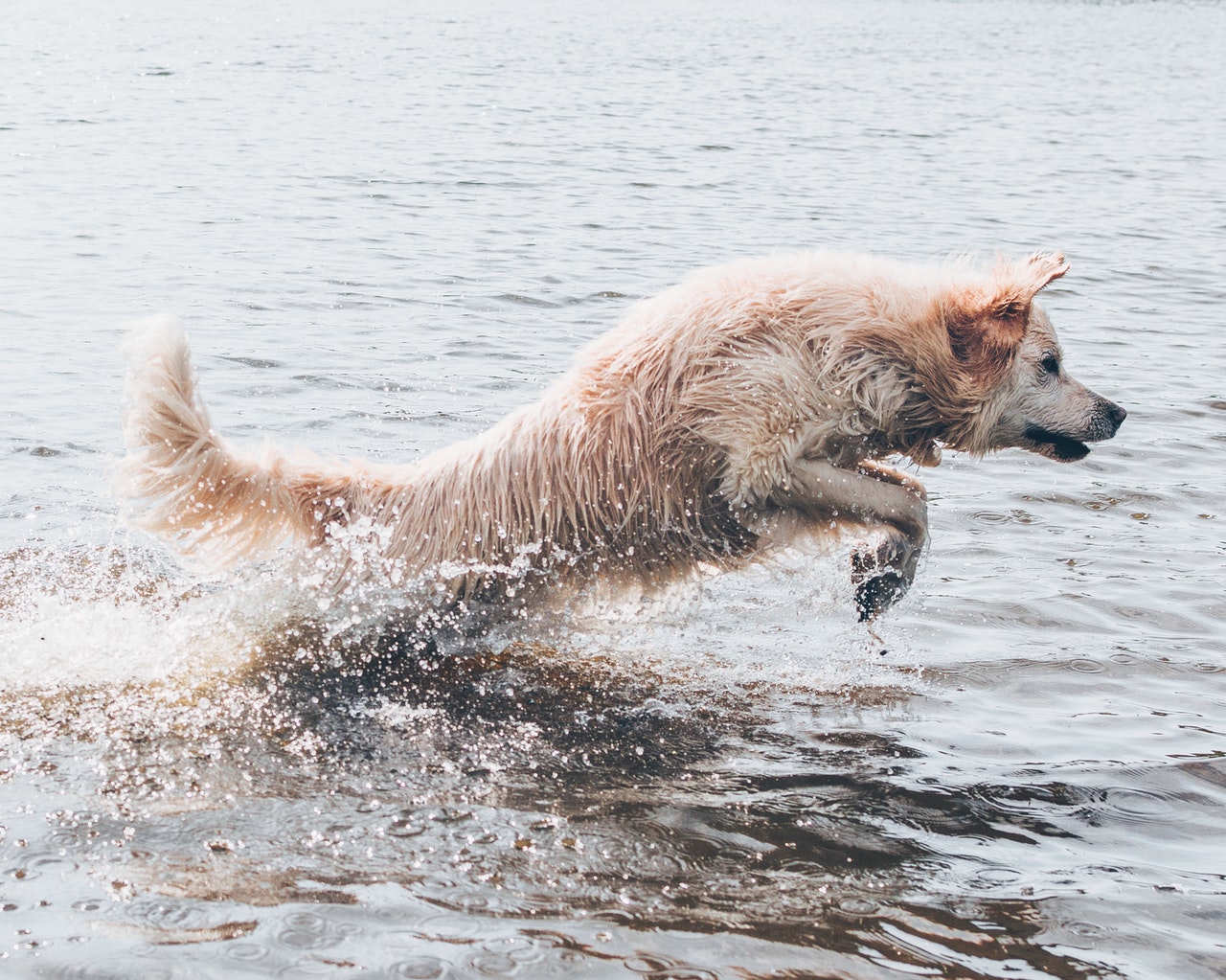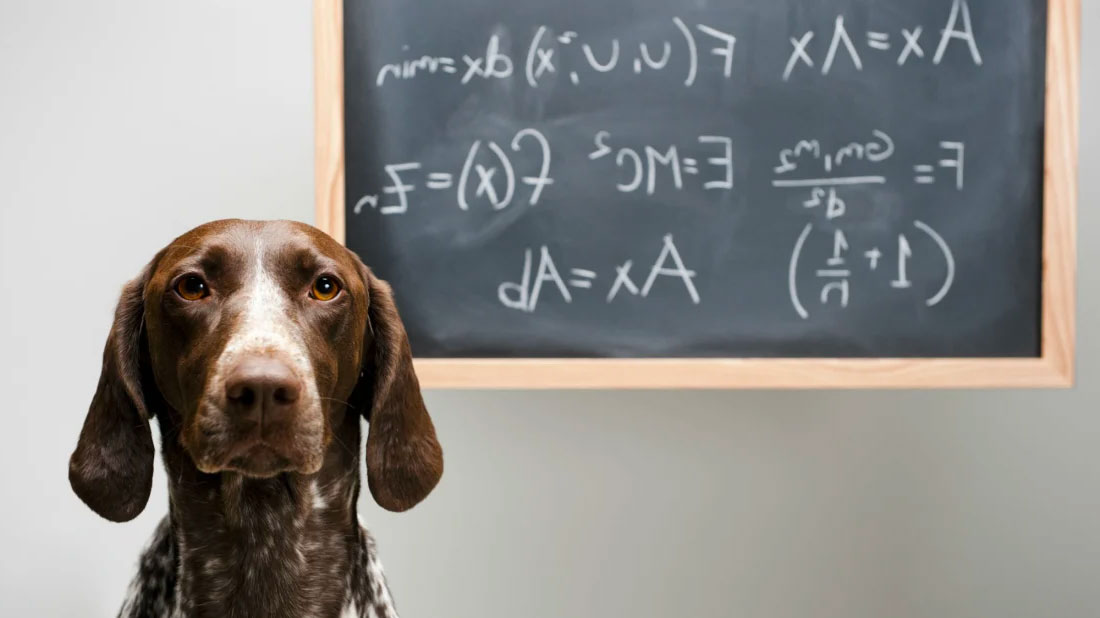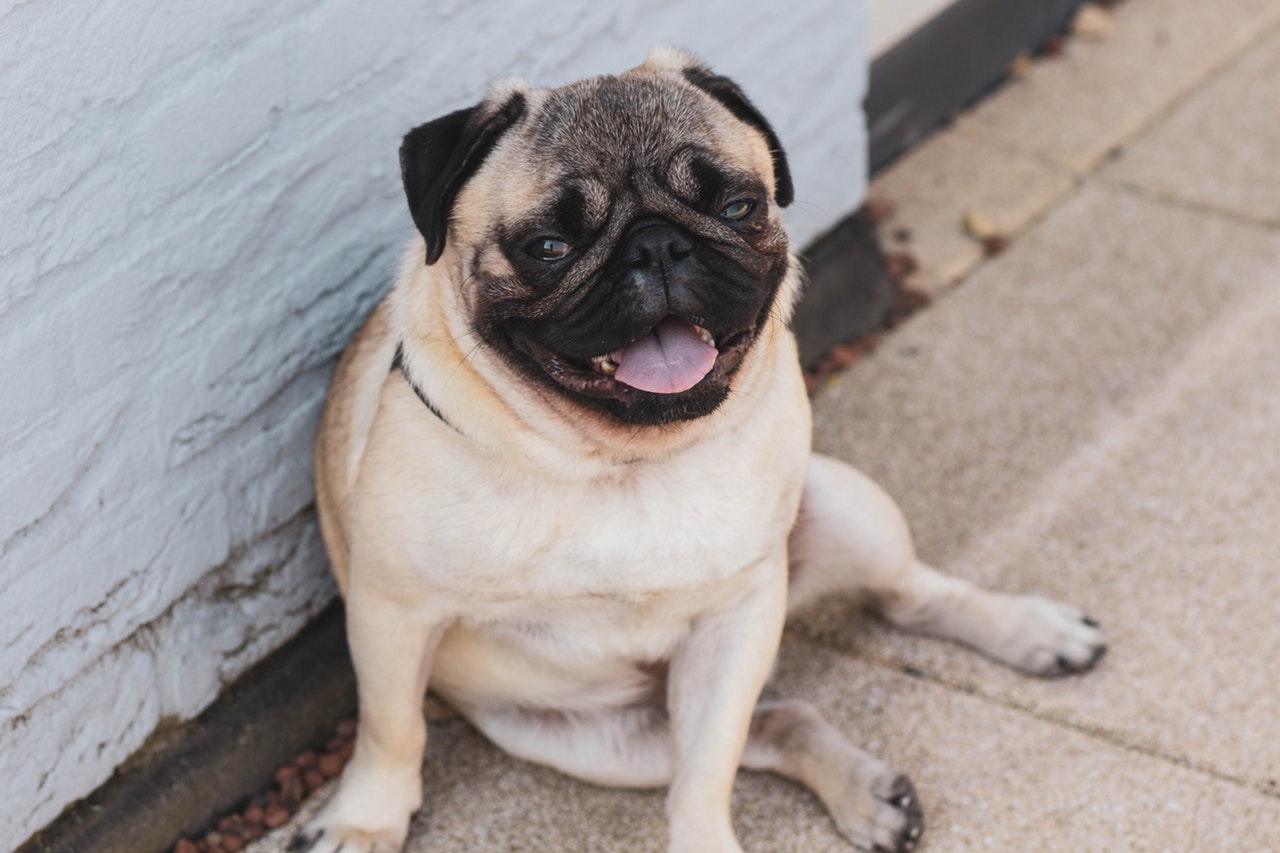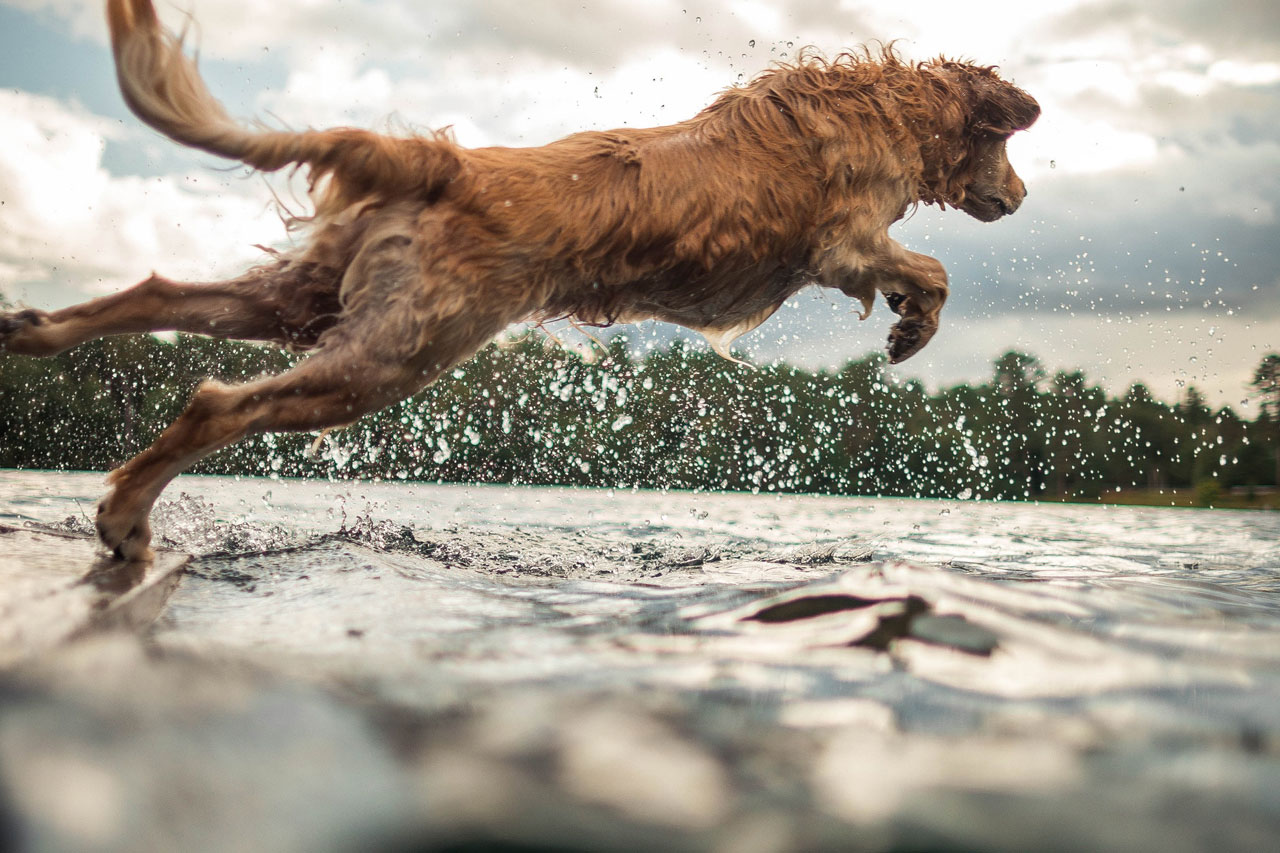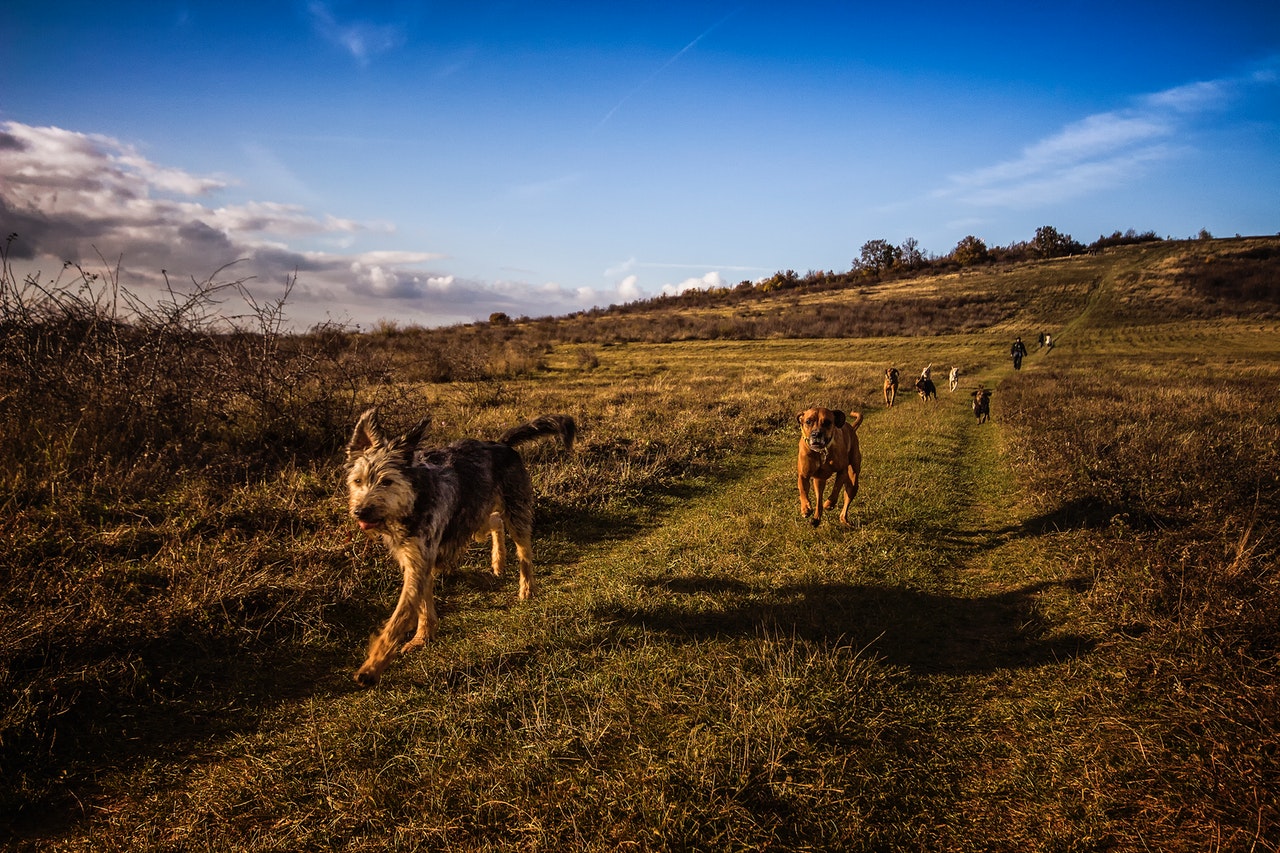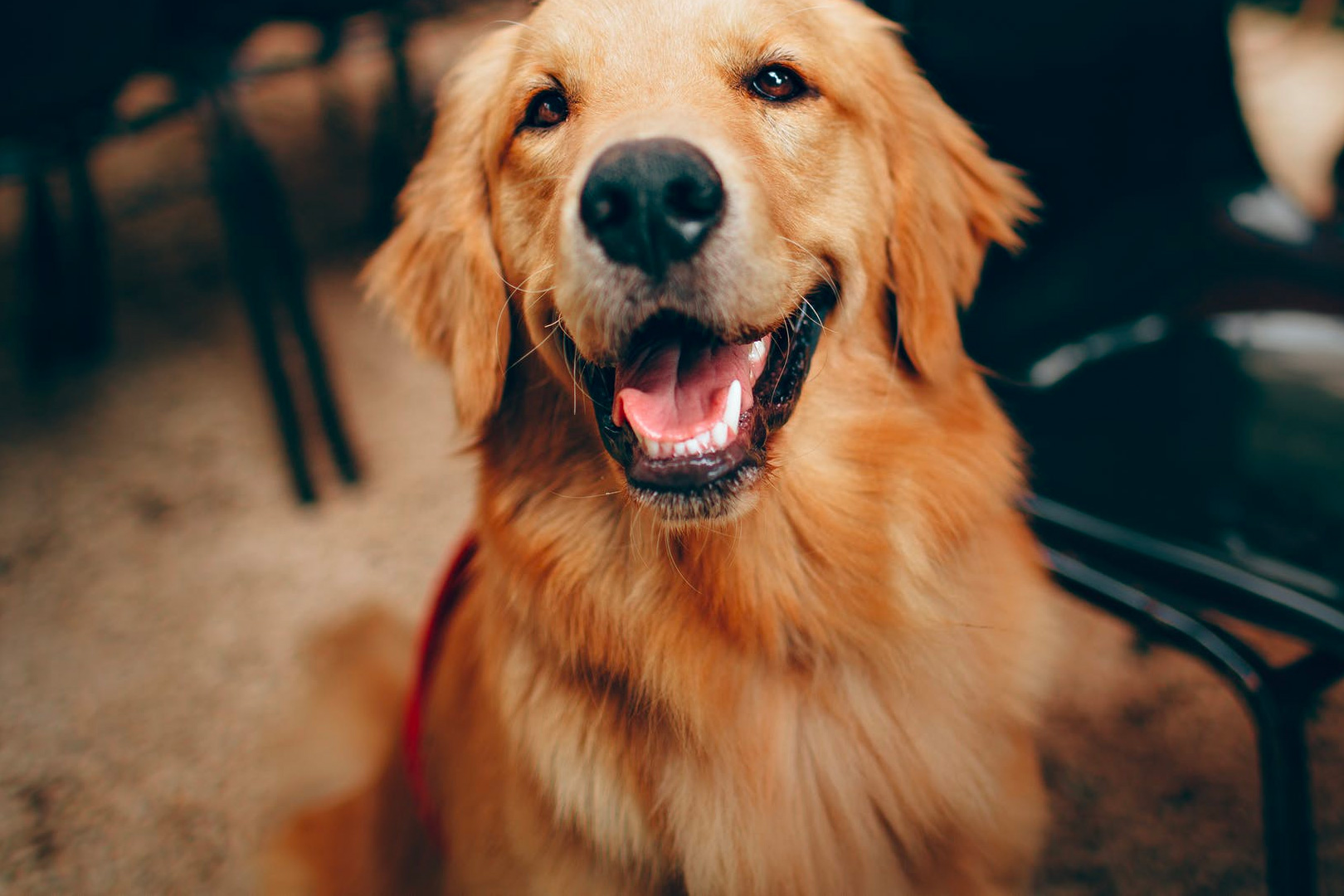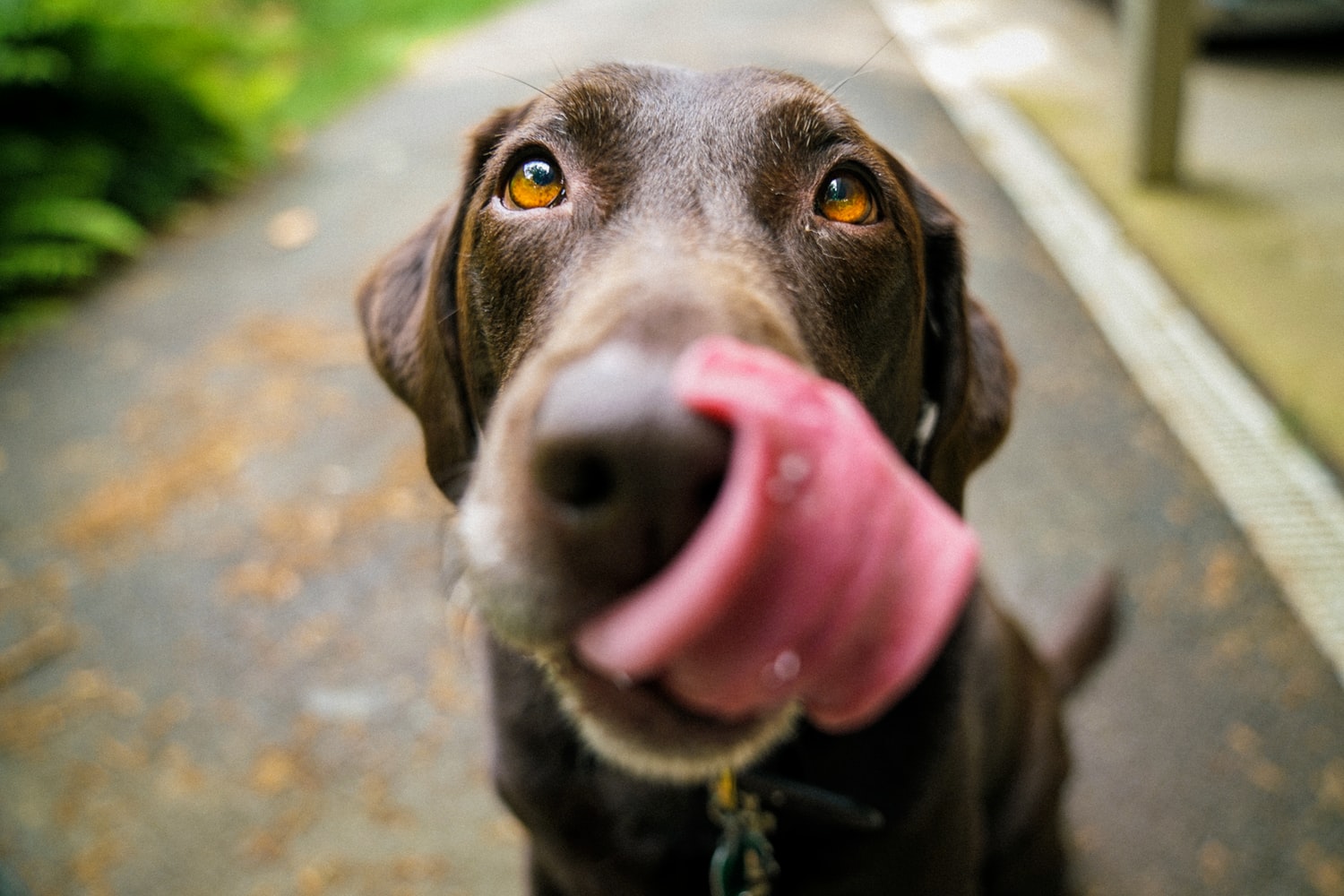
One of our standard questions we ask all clients is whether your dog is taking any supplements. Whilst there is some good evidence of real added value to a variety of supplements it is also a £50,000,000 industry in the UK known as Nutraceuticals – with that comes some big bucks in advertising spend which can make it difficult to pick through the fact from the fiction. In this article we’ve done our best to unpick, on a very broad and consumer focussed level, the detail behind supplements and reviewed some of the top recommended brands.
LAST UPDATED: 11TH JULY 2023
Continue reading Unpicking the world of joint supplements
